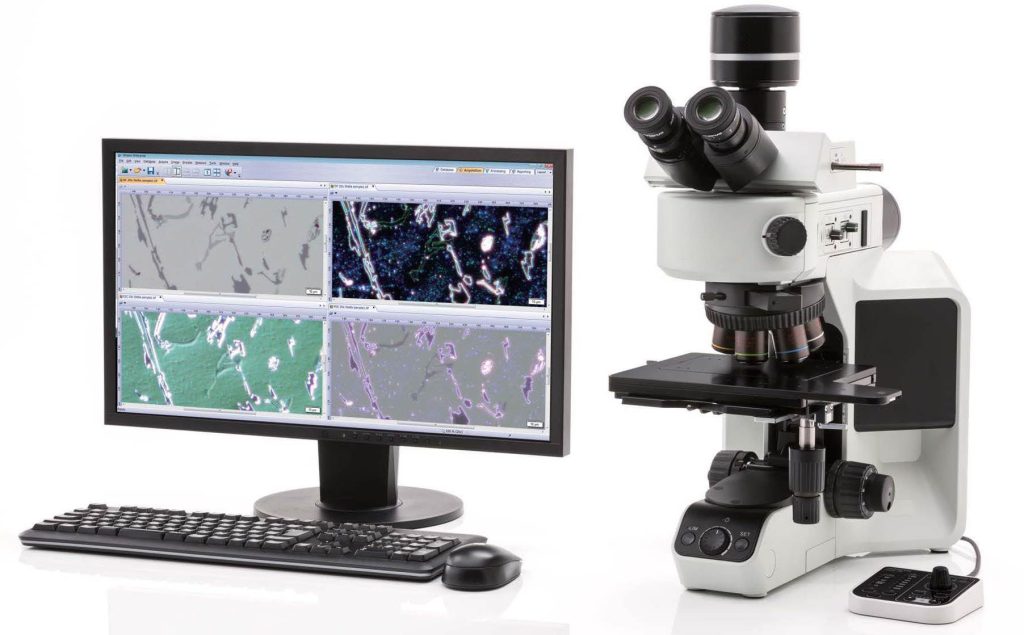Are you curious about digital imaging? Digital imaging has become a popular tool for capturing specimen images under the microscope and preserving slides. As a result, many people often inquire about related questions. Here, we address the most common queries regarding this widely embraced technology.

Ⅰ. Definition of Digital Imaging
Digital imaging is a broad term used to describe the electronic recording of images. Almost any image can be captured digitally, ranging from sunset landscapes to microscope specimens and scanned documents.
Ⅱ. About Digital Images
Digital images consist of a series of pixels or picture elements. These images can be read by a computer and displayed on a monitor by interpreting the pixels.
Ⅲ. Four Key Advantages of Digital Imaging in Microscopy
Digital imaging in microscopy offers four core advantages:
- Permanent Record: You can make infinite copies of the same digital image without compromising its quality, aiding in preserving research slides and avoiding sample degradation issues.
- Image Sharing: Digital images can be sent electronically to colleagues far away, saving on shipping costs for collaborative projects involving slides.
- Image Adjustment: With imaging software like cellSens, tailored for microscopy, you can easily enhance raw digital images, addressing issues like poor contrast and excessive noise with just a few clicks.
- Quantitative Analysis: Digital imaging facilitates data for quantitative image analysis, offering new insights. For instance, you can compare data with previous database imaging results.
Ⅳ. Enhancing the Quality of Microscopy Digital Imaging
To enhance the quality of microscopy images, it’s crucial to select the right optical components and cameras suitable for your application needs.
Ⅴ. Which Features of Microscope Digital Cameras Are Most Important?
There are several factors affecting image quality. Typically, starting with camera resolution and sensitivity is recommended.
Sensitivity refers to the camera sensor’s ability to detect light from the sample.
Resolution refers to the level of detail a camera can capture. But as we mentioned before, these features must be consistent with your optics, system, and application.
There are also many other factors to consider.
Ⅵ. Types of Microscope Camera Sensors
The four most common types are CCD, EMCCD, CMOS, and sCMOS sensors.
Each type has its pros and cons:
- CCD: Traditionally favored for scientific applications but gradually being replaced by newer sensor technologies.
- EMCCD: Known for detecting weak light signals, it effectively captures rapid biological phenomena in low-light conditions.
- CMOS: Offers faster readout speeds than CCD, but may suffer from rolling shutter distortion.
- sCMOS: Offers larger pixels and lower noise performance compared to conventional CMOS sensors, with higher sensitivity.
The choice ultimately depends on your specific application needs.